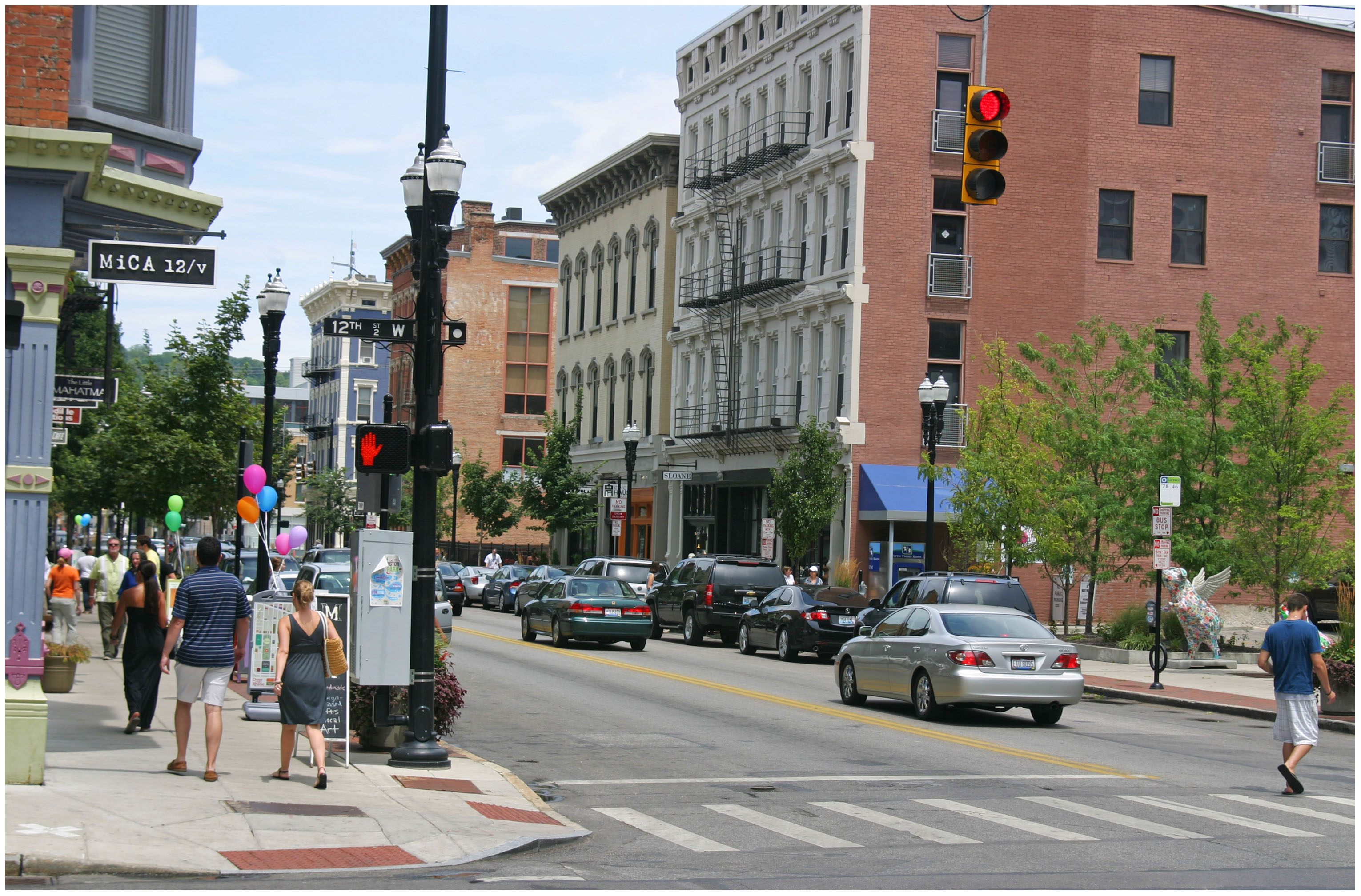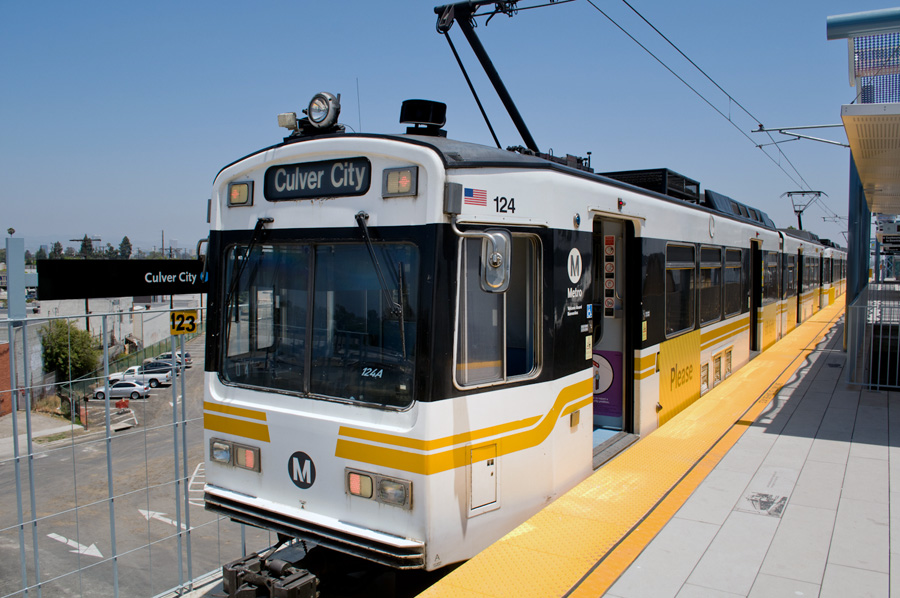On August 29, 2012 the Cincinnati-Blue Ash Airport (ISZ), better known as simply the Blue Ash Airport, was closed after 60 years of service.
After its official 8am closure, yellow X’s were painted across the runway and gates were installed to block any aircraft that might land from turning onto its taxiways. Throughout the day and into the early evening dozens of pilots and other friends of the airport drove their cars and motorcycles onto the taxiway and runway for one last look.
Over the past few weeks, the original hangar building became covered with farewell messages. While most were good-natured, several blamed The City of Cincinnati’s modern streetcar project for the airport’s demise. Additionally, people I spoke with at the airport Wednesday night, with anger in their voice, informed me that their airport was being closed because “Mayor Mallory wants to build a streetcar to nowhere.”
Smearing of the Blue Ash Airport sale
Pilots and other people associated with the Blue Ash Airport have been misled by Chris Finney, his anti-tax organization COAST, and sympathetic talk radio hosts into believing that Cincinnati’s sale of the airport to Blue Ash was motivated by Cincinnati’s streetcar project. Such claims do not recognize the fact that attempts to sell the airport date to the early 2000s, years before Mark Mallory became Cincinnati’s mayor or the streetcar plan first became an item on City Council’s agenda.
Specifically, sale of the Blue Ash Airport to the Blue Ash was not possible until the citizens of Blue Ash passed a .25% earnings tax increase in 2006. This funding source provided the City of Blue Ash sufficient funds to purchase and redevelop 130 acres of Cincinnati-owned airport land into a park. Blue Ash has already used funds from this tax to build a city recreation center and an event center at its municipally-owned golf course.
In early 2007 Cincinnati City Council authorized a streetcar study and proposed using $11 million of the airport’s $38.5 million sale price for construction of the streetcar’s first phase. Cincinnati never proposed using more than this $11 million sum – approximately 29% of the airport proceeds – for streetcar construction, yet Chris Finney has convinced streetcar opponents that the entirety of the proceeds have been programmed for the streetcar.
On August 7 of this year, after a week of talk radio hype, Finney brought his political circus to a Blue Ash City Council meeting and threatened the small city with a ballot referendum similar to those he had repeatedly placed before Cincinnati’s electorate over the past 20 years.
Finney has since backed away from his promise to cause trouble in Blue Ash — a move that was hardly covered by the local media — but much damage has been done. His smear tactics succeeded in villainizing Cincinnati Mayor Mark Mallory (D), the City of Cincinnati, and the streetcar project itself. And instead of work beginning on Blue Ash’s new airport park with a sense of optimism, it is instead clouded by suspicion.

The $13.5M Blue Ash Airport Park will transform the suburban city on Cincinnati’s north side. Rendering provided.
The New Airport Park
The planned Blue Ash Airport Park will be the first large new park in suburban Cincinnati since the Federal Government transferred the 435-acre Voice of America grounds to Butler County in the early 2000s. While the Voice of America Park has seen minimal physical improvements, and some of the land even sold off for a strip mall, Blue Ash boosters have announced that the new Airport Park will be “world class”.
Given the quality of the city’s new recreation center and event space, and the continuation of the .25% earnings tax voters approved in 2006, there is every reason to expect that it will be. Unlike Voice of America Park, which is nearly entirely devoid of trees, woods are present on some of the airport property including the triangular space between the taxiways and the runway. The $13.5 million park will include a multi-purpose pavilion, two new holes for the Blue Ash golf course, a driving range, and other features.
Remaining Cincinnati-owned Property
Cincinnati’s sale of the airport land it bought in the 1940s is not over, as the city still owns approximately 100 acres, including the airport’s newly abandoned 3,500-foot runway. In 2006, after selling the land occupied by the hangers and taxiways to Blue Ash for park purposes, Cincinnati planned to reconfigure the airport along the opposite side of the runway. This did not come to pass and presumably the City of Cincinnati will sell the property in the near future.
There has been no public mention of Cincinnati’s plans for this remaining land or if Blue Ash is able to afford its estimated $20 million sale price. But even if Blue Ash is unable to buy the property and expand its new park, the small city has demonstrated that it recognizes that the quality of its built environment improves and maintains residential and commercial property values.












